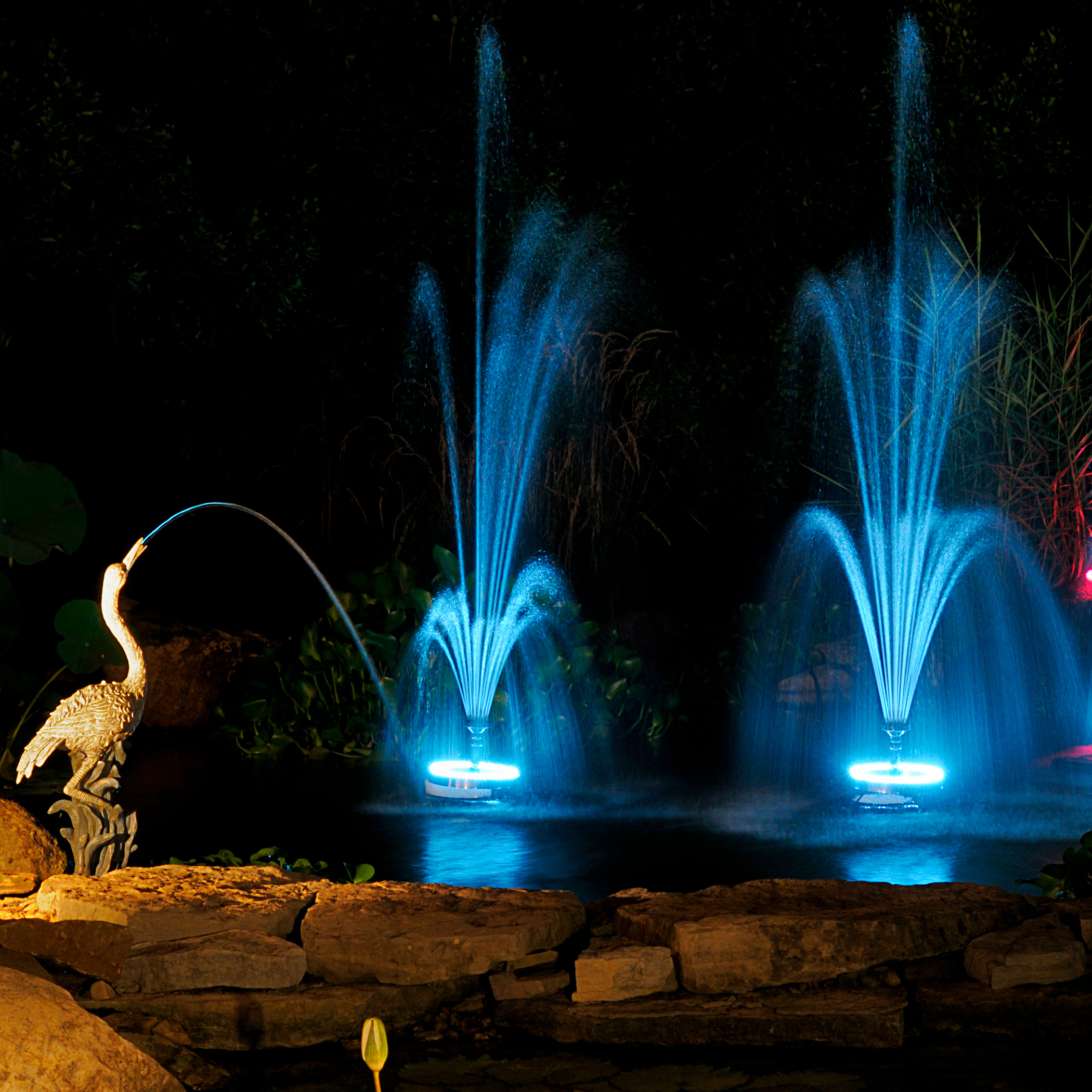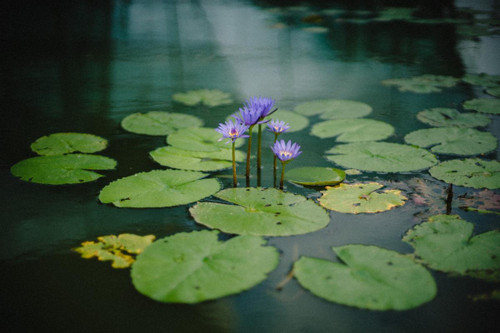Pond Checklist: What You Need in the Spring
Get ready for a rejuvenated pond! With the arrival of spring comes the exciting transformation of your pond. Watch as the water begins to warm and your pond transforms from a winter slumber to a thriving oasis. The fish will be swimming with renewed energy, the greenery will be lush and vibrant, and the entire pond will come to life!
To make sure you're prepared for this magical time, here's a handy checklist of tasks to be completed during the spring, usually starting from April through early May (based on your local climate). So let's get started and make this Spring the best one yet for your pond!
1. Clean Up Around The Pond:
Gather any fallen leaves and plant debris that have accumulated around the pond. Prune back dead or overgrown plants. Try to keep debris from entering the pond as much as possible.
2. Maintenance Time for Deicers:
Remove any nets and deicers from the pond. This is the perfect opportunity to remove hard water deposits and scale from your deicer. Soak it in a bucket of either CLR or a warm vinegar solution to get rid of buildup on the heating element. Regular cleaning like this can significantly increase the lifespan of your deicer.
3. Get Your Pond Equipment Ready:
After the freezing temperatures have passed, you can bring out your pond equipment such as the pump, biofilter, pressure filter, and UV clarifier from winter storage and reinstall them.
If you have a UV clarifier, check the Quartz Sleeve and UV Bulb to see if they need cleaning. It's important to replace UV bulbs annually to maintain maximum efficiency.
Replacement parts for pumps, such as Impellers and Pump Covers (Volutes) are essential components that can wear down over time and need to be replaced. Be sure to check them now and stock up on any replacements you might need, as once the season starts they will be in high demand and could have supply issues then.
4. Partial or Complete Drain and Clean-Out:
If your pond has more than about 2 inches of sludge on the bottom, it's time for a complete drain and clean-out. However, if you cleaned your pond last fall or it doesn't have much debris buildup, a partial water change of 20-30% will suffice. Don't forget to use a Dechlorinator if you're adding municipal water to your pond. A product like Stress Coat can help your fish and remove chlorine from the water. If you have sludge and muck buildup, a Pond Vacuum can be helpful, but it's not designed to remove twigs, large leaves, or rocks from the water.

5. Add Water Treatments:
When water temperatures reach 50°F, you can add Water Treatments such as Beneficial Bacteria, Barley Straw, and fish care additives like non-iodized pond salt, MelaFix, and PimaFix. If you want to get a head start on your treatments, Aquascape's Cold Water Beneficial Bacteria is always a great option! Get a Water Thermometer to check the temperature if you don't already have one. Measure the water about halfway down the pond to get an average reading.
6. Feed Your Fish:
Start feeding your fish a high carbohydrate, low protein wheat-based food. Sho Koi is a great option for koi, goldfish, and other common pond fish. Make sure to only feed what the fish will consume in about 5 minutes and remove any uneaten food with a handheld net.
7. Get Your Plants Ready:
Raise any hardy bog plants that have been overwintered in deep water and place them on plant shelves in the pond. Check your plants to see if they're overgrown or crowded in their containers and divide and repot them if necessary. Only use aquatic soil that contains a clay/sand mixture for best results.
Use Fertilizer for your aquatic plants, and make sure the fertilizer is labeled for pond use. Supply may be limited in-season, so be sure to stock up now! Slow-release aquatic fertilizers like Laguna Fertilizer Pond Spikes or tablets, like Crystal Clear Thrive work great. Keep in mind that aquatic fertilizer can be formulated for once-a-year or monthly application.
8. Inspect Your Waterfall and Stones:
Inspect the waterfall and any other stones around the pond to see if there has been any shifting during the winter months. Freezes and thaws can cause minor stone movement that may affect the waterfall, resulting in leaks. Keep in mind that Waterfall Foam can help secure any loose stones. Additionally, check any water tubing for any cracks, especially in areas with bends and tight turns. Replace the tubing where needed.
9. Enjoy Your Pond:
Lastly, as your pond comes back to life, sit back and enjoy all of the benefits of owning a beautiful pond. Share it with friends and family and bask in the tranquility and serenity of your own backyard oasis.

 US Dollars
US Dollars
